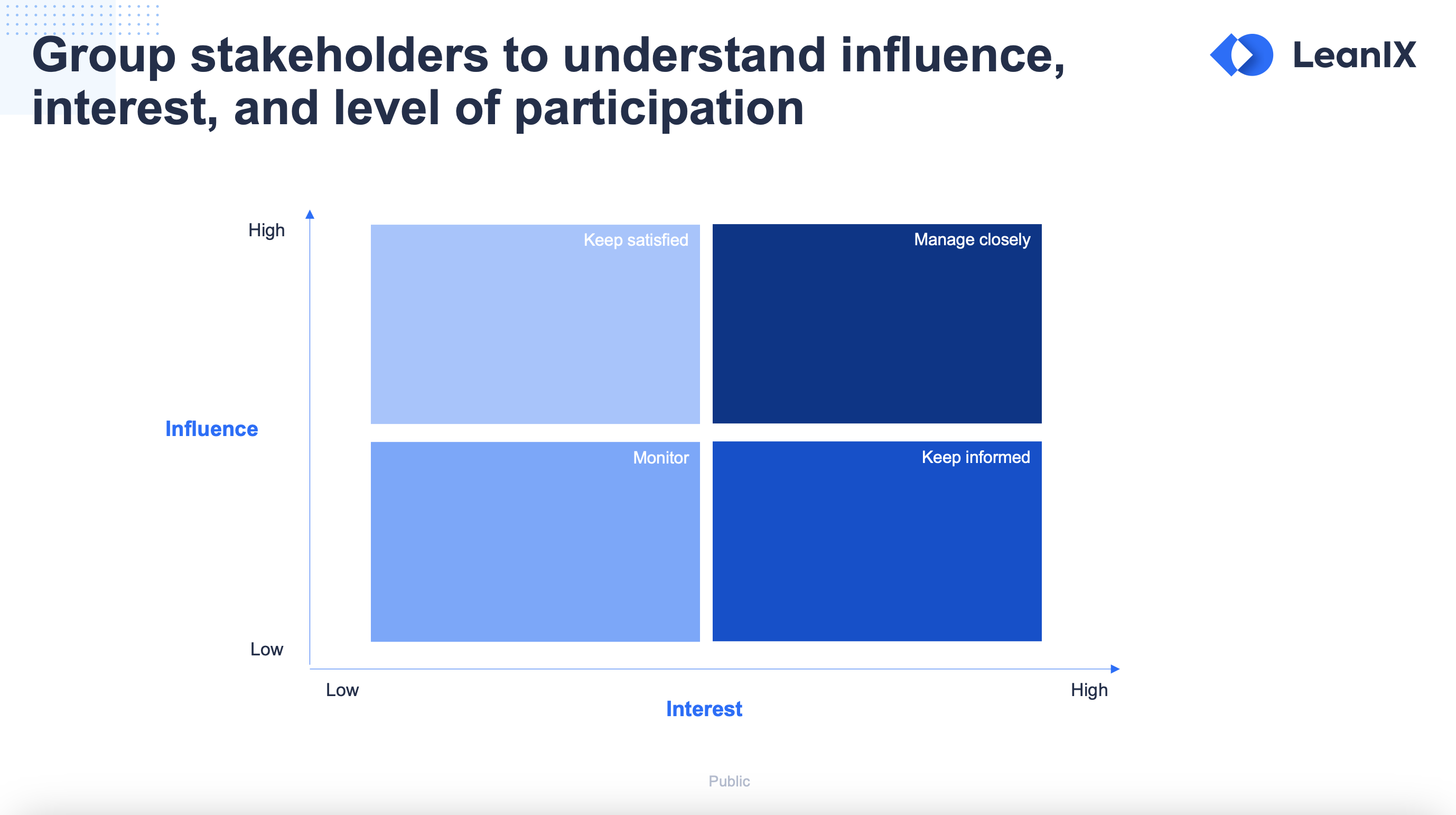Step 1. Understand your IT and business strategy
The very first step is the most important part of your application rationalization journey. Take your time to understand where you stand today, where you want to go, and how to get there.
For example, if the goal of the initiative is ‘within the next two years we want to reduce our IT cost spend by 10%:
- What does “we” refer to?
- Is it the entire organization or just a couple of operating companies?
- Depending on the above, who are your key stakeholders in the organization?
- What does “IT cost” mean?
- Is it referring to operating expenditure (OpEx) or capital expenditure (CapEx)?
- What different data points do you need and where do you get them?
- What is the business driver for reducing costs?
- Besides cost, are there additional drivers that you need to be aware of?
- What does “within the next two years“ mean?
- Is this a hard deadline?
- Are there any management-specified milestones in between that you need to be aware of?
- How do you measure and show the success of your initiative and what KPIs do you need to implement?
Understanding your strategy and playground are key prerequisites and this is the first (of many) steps to setting up a successful application rationalization initiative.
These are the key steps in understanding your strategy:
- Review your IT and business strategy documents. Make sure to understand how the current strategy might influence your initiative.
- Understand what success means for your organization. Based on the outcome, define meaningful and business-driven KPIs to show and measure the progress of the initiative as well as the return on investment.
Information
As an inspiration, you can check out the application rationalization dashboard. You will use this in the last step of the use case again to track the progress of your projects.
-
Define your major strategy cornerstones as well as the targets of your Application Rationalization initiative the corresponding Objective Fact Sheets in SAP LeanIX. Link them with Parent/Children relations to outline how they work together.
-
Identify relevant stakeholders. Conduct a proper stakeholder assessment and categorize them via interest and power to better understand their influence, interest, and level of participation in the Application Rationalization project. Define different change and communication strategies for each stakeholder group.

- Cluster your applications using Gartner’s TIME Model. TIME stands for Tolerate, Invest, Migrate, Eliminate. As part of the strategy exercise, you will need to define a remediation strategy for each of the TIME quadrants. Speaking simply: what does each of the quadrants mean to you?
For instance, how do you define Migrate? Migrate could point to a lift-and-shift to the Cloud or to a replacement with a SaaS solution (not exhaustive). Depending on where you stand and where you want to go, you will interpret these quadrants differently. This step is essential to understand how to proceed with the results from your assessment at the end of the initiative.
Next Step
Updated 22 days ago
